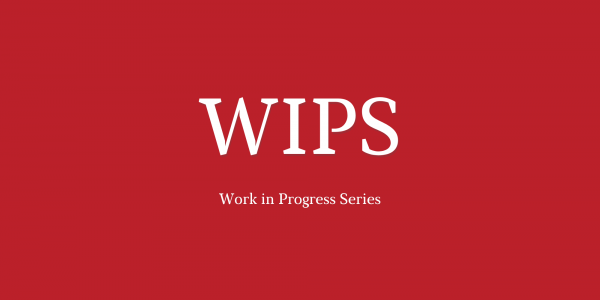Abstract relational concepts and the Language of Thought Hypothesis
Abstract:
The Language of Thought Hypothesis (LoTH) holds that thinking occurs in a mental language that is analogous to natural language. A key feature of the LoTH is the existence of a set of primitive, atomic concepts which are combined discursively to form more complex expressions. These primitive concepts are mental representations. This paper focuses on mental representations of relational concepts, specifically representations of abstract relational concepts. The ability to represent relations between objects is an important part of cognition. Like relational concepts such as ABOVE and ON, an abstract relation is only present if there exists a certain relationship between two or more objects. In the case of concrete relational concepts like ABOVE and ON, these relations are spatial. In the case of abstract relational concepts, these relations go beyond spatial information. This includes the ability to represent whether two objects are the SAME or whether they are DIFFERENT. The importance of representations of SAME and DIFFERENT has long been stressed by cognitive psychologists, particularly in the fields of infant and animal cognition. In philosophy, these concepts have received comparatively little attention. This paper aims to address the gap in the philosophical literature. In this paper, I make two claims. The first claim is that the existence of representations of the abstract relational concepts of SAME and DIFFERENT would be evidence for the Language of Thought Hypothesis (LoTH). The second claim is that these concepts are indeed mentally represented.

